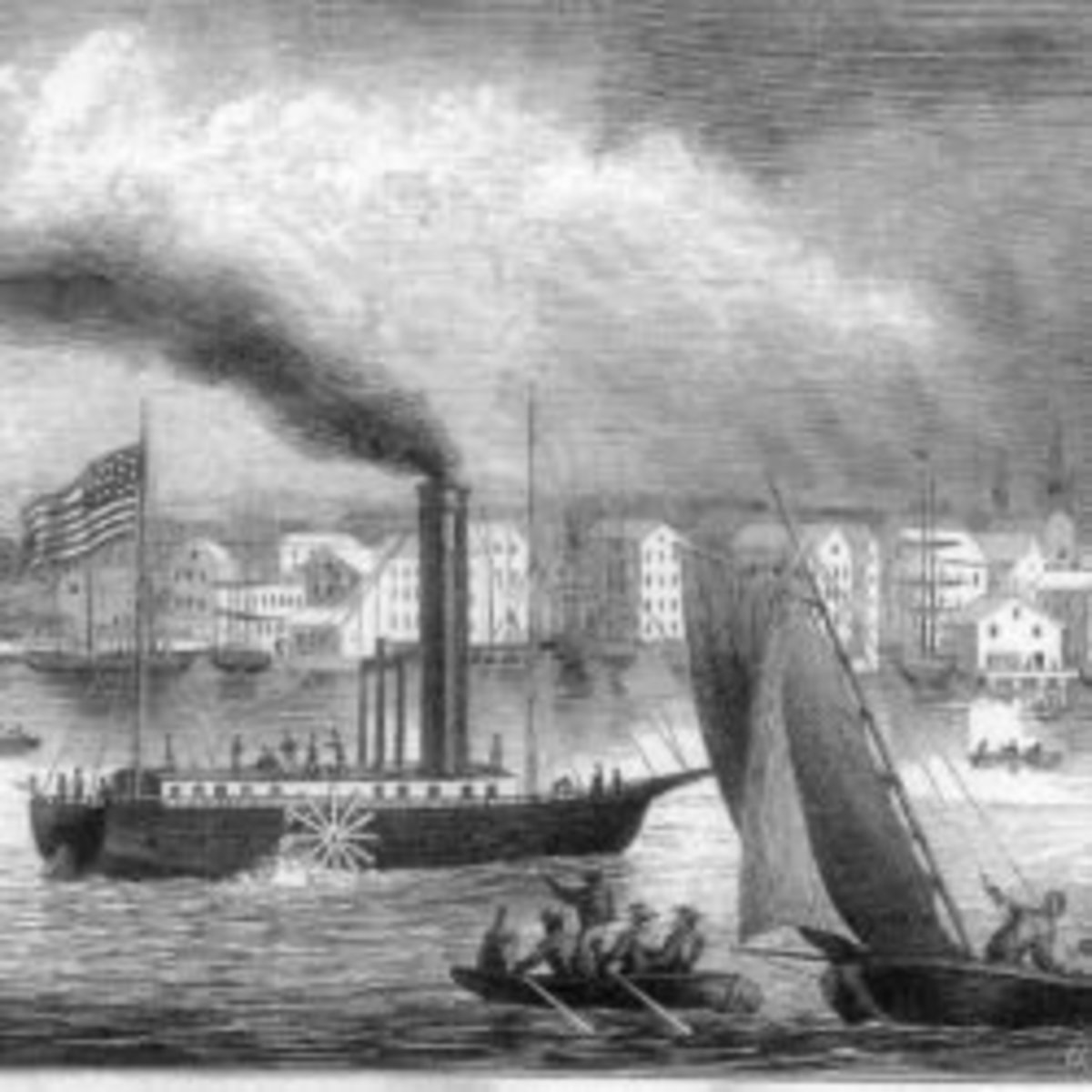Feed in tariffs in Germany
German feed in tariff structure
Germany’s renewable law governs its energy policy. The law facilitates a sustainable development of energy, to reduce the costs of energy supply to the domestic economy, to conserve fossil fuels and to promote the further development of technologies for renewable generation. The law aims to increase the share of renewables to minimum 30% by 2020 and to continuously increase the share thereafter. In 2010 renewables provided 17% of German consumption equivalent to 102 TWh. Even though more wind generation capacity was developed the proportion of wind generated was 3% lower year on year because of wind conditions. Solar generation accounted to 2% of German power consumption up from 1.1% from the previous year. TSOs must pay a specified feed-in tariff to renewable energy generators to make them competitive with conventional power. The tariff varies with the amount of electricity generated by the producer and type of renewable energy. Additionally, renewable energy is given priority for grid connection, grid access in both distribution and transmission grids and power dispatch.
Renewables supported by feed-in tariffs are:
- Wind power
- Solar power
- Biomass
- Hydropower
- Geothermal
- Landfill gas, sewage treatment plant gas and mine gas
The TSOs are legally obliged to provide access to the grid for all interested generators, and to pay specific tariffs for those suppliers qualifying according to the terms as stated out in the act. In this paper we focus on the tariffs for wind and solar.
For onshore wind installations the feed-in tariff is divided into two time periods totaling a maximum 20 years. The first period tariff lasts five years after commissioning. The first period tariff is almost twice of the second period tariff. For installations with excellent wind conditions, the first period tariff is fixed for five years. These installations are used as references and have a yield of 150%. For installations with less ideal conditions, the first period tariff can be extended depending on the installation’s performance and actual output. The grid operator is not required to reimburse energy from wind energy installations with output lower than 60% of the reference yield. On the commissioning date, the calculated tariff is applied for the entire period for which it is designated.
Offshore wind installations have the same two period tariffs with a maximum duration of 20 years. The first period tariff, however, can last maximum 12 years, and is almost four times the tariff paid for the second period. The first period tariff may be extended if the installation is located at least twelve nautical miles into the sea, and in a water depth of at least 20 meters. Plants commissioned before the end of 2015 receive an extra 2.0 cents /kWh. Plants with an improved grid compatibility standard may receive another 0.5 cents/kWh. Plants commissioned after receive a 5% annual reduction in tariffs. On the commissioning date, the calculated tariff is applied for the entire period for which it is designated. If a ten year old turbine is replaced with a minimum double- rated capacity in the same or neighbor county, the operator receives a special repowering tariff.
Solar power installations have tariffs depending on placement and output level. In July 2010, the government reduced the tariffs with 13% and another 3% in October 2010. The reduction factor (degresssion) for tariffs vary between 8% and 10% annually. The purpose of feed-in tariffs is to recognize that return on investment is necessary to stimulate investments in renwables. The tariffs depend on the technology’s generation cost and expected profitability level. The utilities are allowed to pass on the extra cost, distributed to all electricity consumers through their electricity bill. To encourage cost reduction the tariff is reduced each year. Once an installation is connected to the grid, the tariff remains constant through a 20 year period in order to make investors able to calculate return on investment and guarantee price and revenue stability, but also puts pressure on the industry to continuously reduce costs to remain in the market. The cumulative effect of the annual degression will ensure that in some years the tariff will dip below the rate of household electricity and later compete with conventional power. Even though today’s consumers have to contribute relatively more, it provides the basis for a more diversified and domestic supply of energy.
It is also conceivable that new and more cost efficient technology will be developed. This may contribute further to decrease feed-in tariffs.








